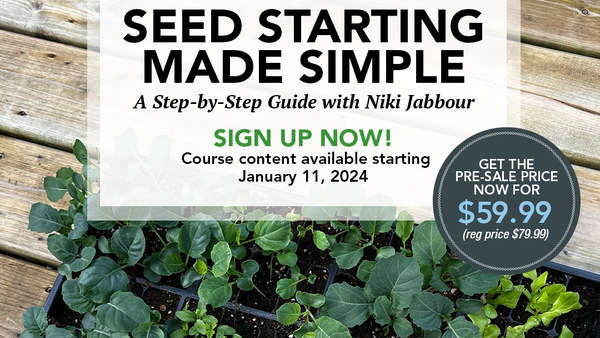
Can plants really save the planet? The presenters of this three-part course think so. with Richard Hawke, Sue Milliken, Kelly Dodson, and Kelly D. Norris
Earth-friendly gardening practices focus on minimizing the negative impact that gardening can have on the environment. This can include using sustainable gardening techniques such as composting, reducing or eliminating the use of synthetic pesticides and fertilizers, and conserving water.
But it also means being incredibly selective about the plants you choose to use in your landscape. Planting native species, which are adapted to the local climate and soil conditions, is an important aspect of earth-friendly gardening. Using ornamental plants that are truly low-maintenance or provide valuable resources to wildlife is another option for gardening in a greener way. It’s also essential to the planet as a whole to protect rare and endangered species that are under threat in their native regions.Can plants truly save the planet? The presenters of this three-part course think so, and they will share exactly why and how they think you can help make that happen.
The course includes over 3 hours of video lessons.

















Comments
Log in or create an account to post a comment.
Sign up Log in